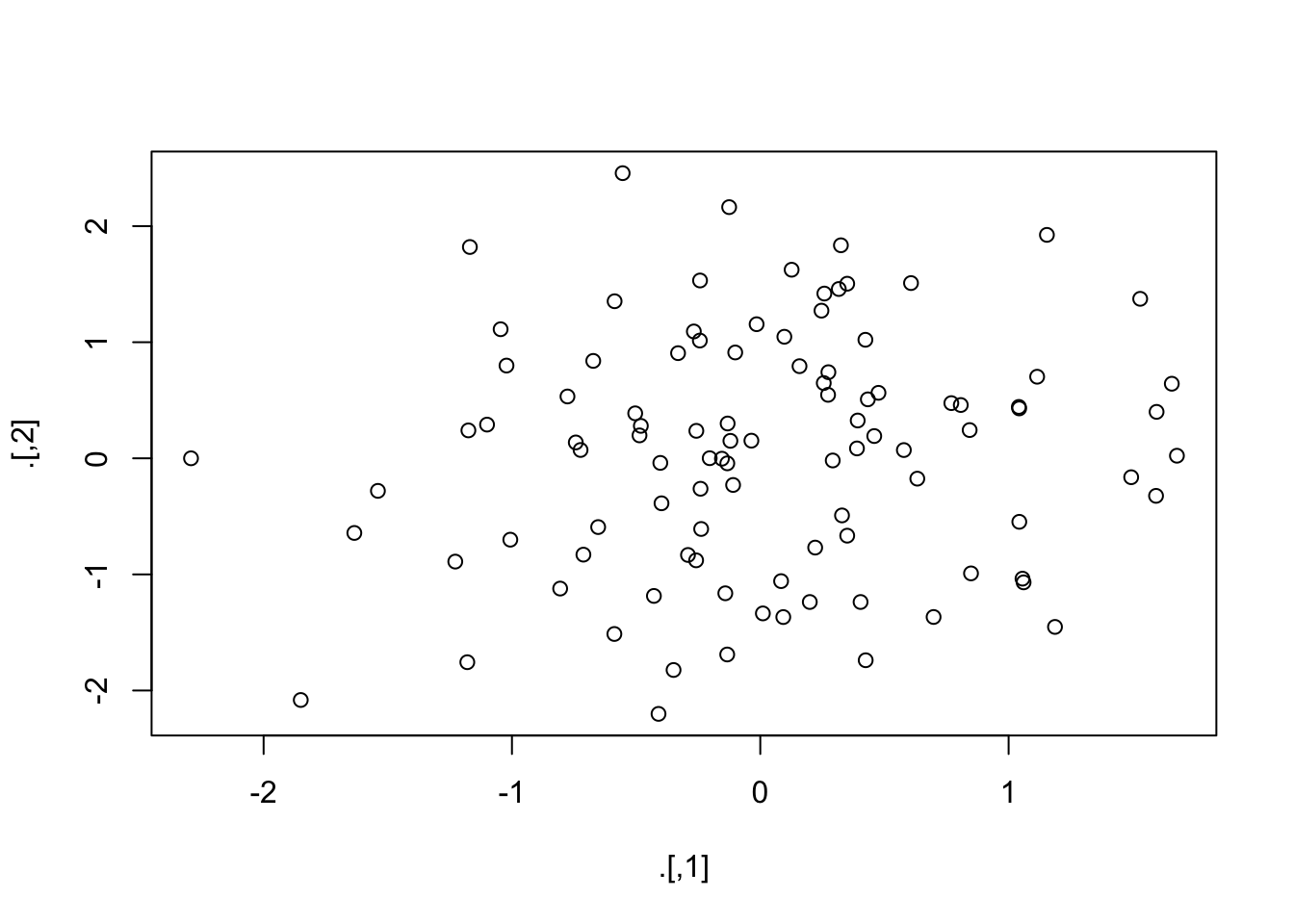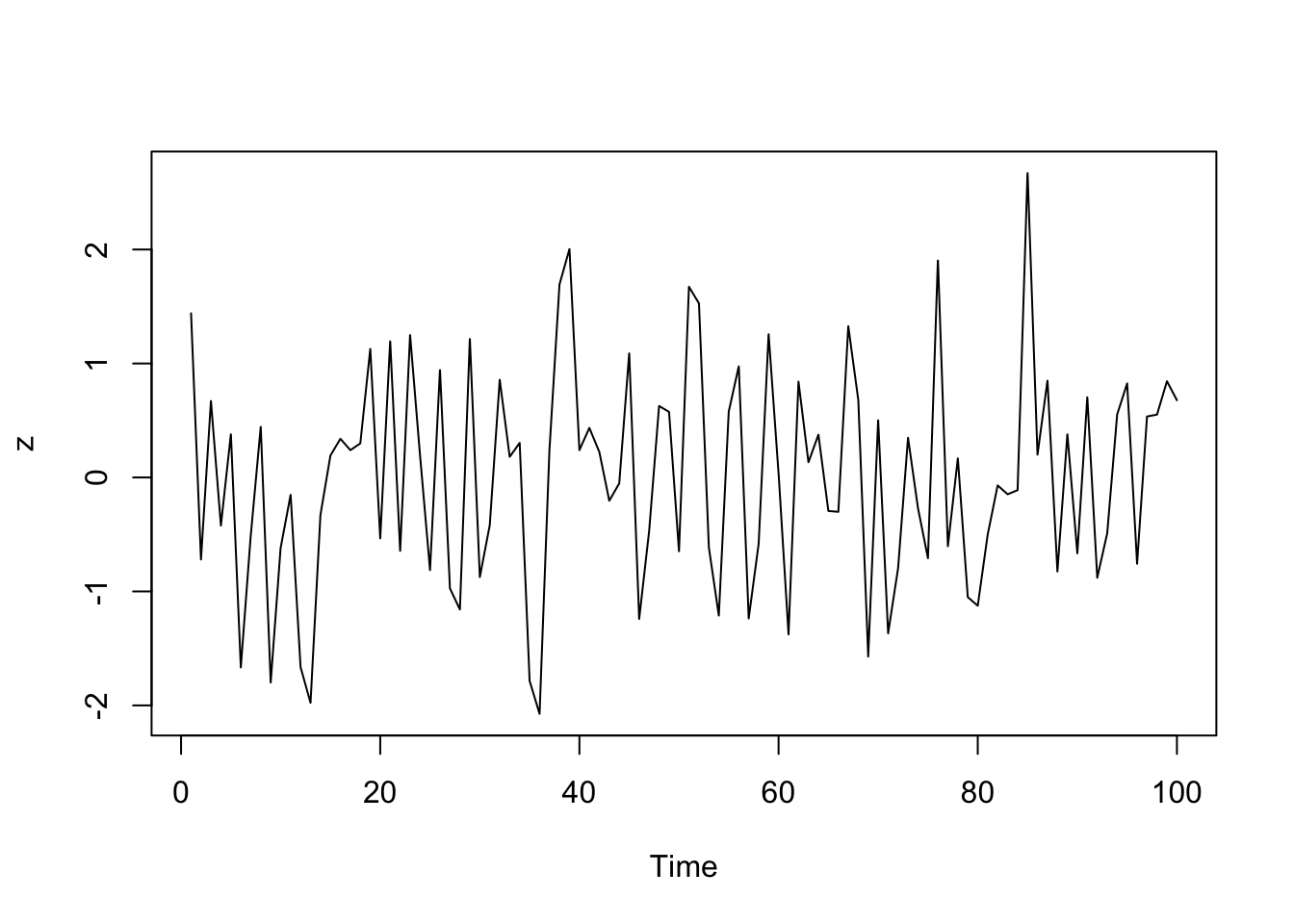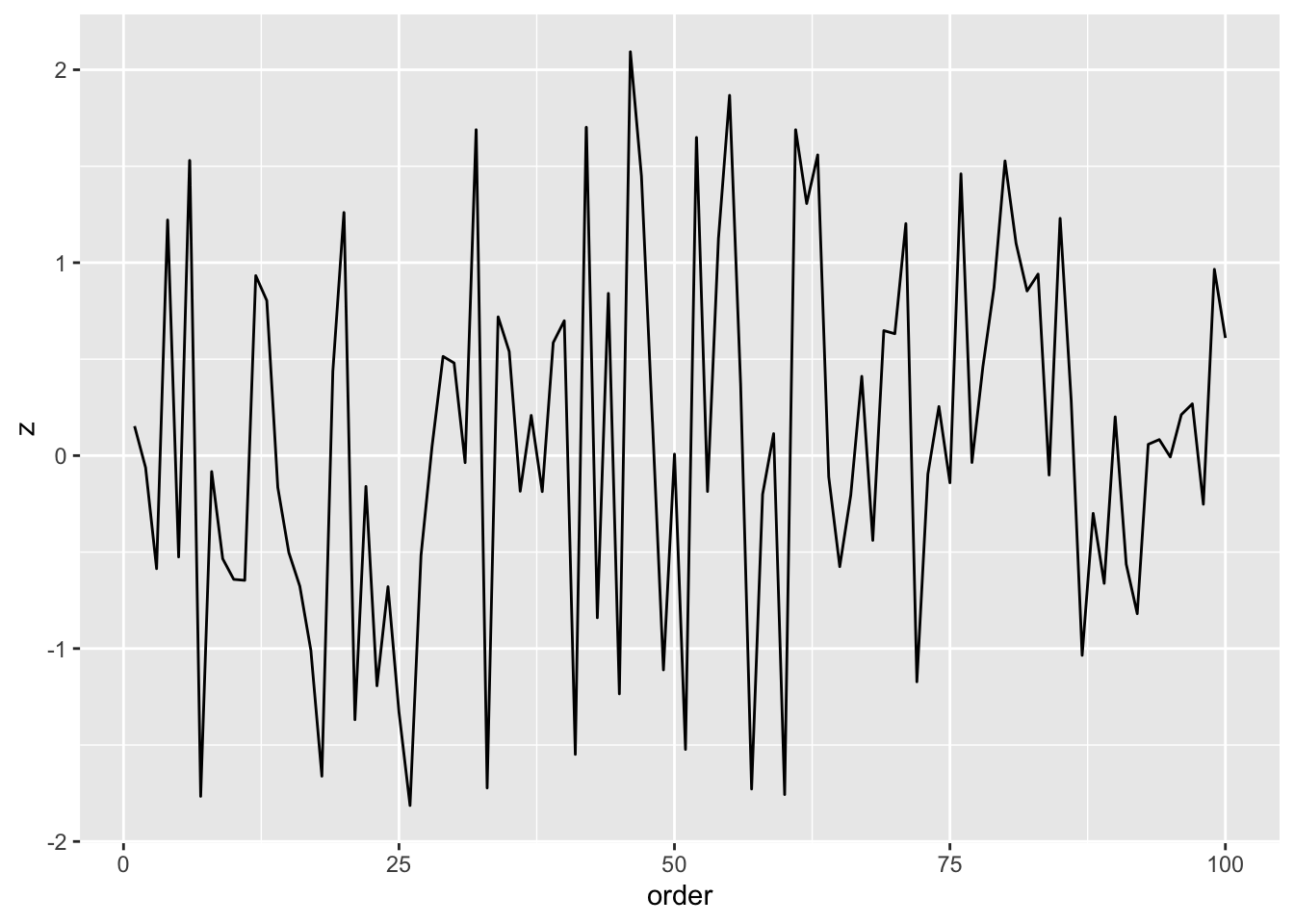Capítulo14 Pipes
Fecha de la ultima revisión
## [1] "2025-11-05"El tema proviene de los siguientes sitios.
English: https://r4ds.had.co.nz/pipes.html
Español: https://es.r4ds.hadley.nz/
14.1 Temas: El paquete “magrittr” y sus funciones
Los pipes que vamos a evaluar son los siguientes:
%>% “Pipe”
%!>% “Eager Pipe”
%$% “Exposition pipe”
%<>% “Assigment pipe”
%T>% “Tee Pipe”
%in% “In Pipe”
Función basica para calcular el precio básico de de diamantes por quilates
## # A tibble: 3 × 11
## carat cut color clarity depth table price x y z Precio_q
## <dbl> <ord> <ord> <ord> <dbl> <dbl> <int> <dbl> <dbl> <dbl> <dbl>
## 1 0.23 Ideal E SI2 61.5 55 326 3.95 3.98 2.43 1417.
## 2 0.21 Premium E SI1 59.8 61 326 3.89 3.84 2.31 1552.
## 3 0.23 Good E VS1 56.9 65 327 4.05 4.07 2.31 1422.## # A tibble: 3 × 11
## carat cut color clarity depth table price x y z Precio_q
## <dbl> <ord> <ord> <ord> <dbl> <dbl> <int> <dbl> <dbl> <dbl> <dbl>
## 1 0.23 Ideal E SI2 61.5 55 326 3.95 3.98 2.43 1417.
## 2 0.21 Premium E SI1 59.8 61 326 3.89 3.84 2.31 1552.
## 3 0.23 Good E VS1 56.9 65 327 4.05 4.07 2.31 1422.Calcular el promedio de precio por la calidad de los diamantes usando pipes
## # A tibble: 5 × 2
## cut Precio_color
## <ord> <dbl>
## 1 Fair 4359.
## 2 Good 3929.
## 3 Very Good 3982.
## 4 Premium 4584.
## 5 Ideal 3458.Calcular el promedio de precio por color de los diamantes usando pipes
14.2 %>% pipes
Un ejemplo básico del pipe
car_data <-
mtcars %>%
subset(hp > 100) %>%
aggregate(. ~ cyl, data = ., FUN = . %>% mean %>% round(2)) %>%
transform(kpl = mpg %>% multiply_by(0.4251)) %>%
print## cyl mpg disp hp drat wt qsec vs am gear carb kpl
## 1 4 25.90 108.05 111.00 3.94 2.15 17.75 1.00 1.00 4.50 2.00 11.010090
## 2 6 19.74 183.31 122.29 3.59 3.12 17.98 0.57 0.43 3.86 3.43 8.391474
## 3 8 15.10 353.10 209.21 3.23 4.00 16.77 0.00 0.14 3.29 3.50 6.419010Un ejemplo sin usar el pipe para calcular la misma información
car_data <-
transform(aggregate(. ~ cyl,
data = subset(mtcars, hp > 100),
FUN = function(x) round(mean(x), 2)),
kpl = mpg*0.4251)
car_data## cyl mpg disp hp drat wt qsec vs am gear carb kpl
## 1 4 25.90 108.05 111.00 3.94 2.15 17.75 1.00 1.00 4.50 2.00 11.010090
## 2 6 19.74 183.31 122.29 3.59 3.12 17.98 0.57 0.43 3.86 3.43 8.391474
## 3 8 15.10 353.10 209.21 3.23 4.00 16.77 0.00 0.14 3.29 3.50 6.419010car_data <-
mtcars %>%
subset(hp > 100) %>%
group_by(cyl) %>%
summarise(across(everything(), list(mean))) %>%
transform(kpl = mpg_1 %>% multiply_by(0.4251)) %>%
print## cyl mpg_1 disp_1 hp_1 drat_1 wt_1 qsec_1 vs_1 am_1
## 1 4 25.90000 108.0500 111.0000 3.940000 2.146500 17.75000 1.0000000 1.0000000
## 2 6 19.74286 183.3143 122.2857 3.585714 3.117143 17.97714 0.5714286 0.4285714
## 3 8 15.10000 353.1000 209.2143 3.229286 3.999214 16.77214 0.0000000 0.1428571
## gear_1 carb_1 kpl
## 1 4.500000 2.000000 11.010090
## 2 3.857143 3.428571 8.392689
## 3 3.285714 3.500000 6.41901014.4 %$%
library(magrittr)
#iris %>%
# subset(Sepal.Length > mean(Sepal.Length)) |>
# cor(Sepal.Length, Sepal.Width)
iris %>%
subset(Sepal.Length > mean(Sepal.Length)) %$%
cor(Sepal.Length, Sepal.Width)## [1] 0.3365679iris %>%
subset(Sepal.Length > mean(Sepal.Length)) |>
summarize(corr= cor(Sepal.Length, Sepal.Width))## corr
## 1 0.336567914.5 %<>%
Pipe an object forward into a function or call expression and update the lhs object with the resulting value.
lhs %<>% rhs
lhs : An object which serves both as the initial value and as target.
rhs : a function call using the magrittr semantics.
## Sepal.Length Sepal.Width Petal.Length Petal.Width Species
## 1 2.258318 3.5 1.4 0.2 setosa
## 2 2.213594 3.0 1.4 0.2 setosa
## 3 2.167948 3.2 1.3 0.2 setosa
## 4 2.144761 3.1 1.5 0.2 setosa
## 5 2.236068 3.6 1.4 0.2 setosa
## 6 2.323790 3.9 1.7 0.4 setosa## [1] 1.502770 1.487815 1.472395 1.464500 1.495349 1.524398## [1] 1.361612477 -0.189292059 0.462969745 -0.007385678 2.689108440
## [6] 1.459546809 -1.653300235 -0.203078277 0.618497216 0.597135379## [1] 0.007385678 0.029096523 0.030999873 0.035387591 0.040816992 0.054441440
## [7] 0.069795203 0.081581732 0.087776321 0.110958305 0.119075263 0.120358116
## [13] 0.120542457 0.131861167 0.133266112 0.145019780 0.145731942 0.150293091
## [19] 0.155538095 0.16471471214.6 %in%
- Filter for values specific values within a variable
## [1] "Sepal.Length" "Sepal.Width" "Petal.Length" "Petal.Width" "Species"## Sepal.Length Sepal.Width Petal.Length Petal.Width Species
## 1 1.502770 3.5 1.4 0.2 setosa
## 2 1.487815 3.0 1.4 0.2 setosa
## 3 1.472395 3.2 1.3 0.2 setosa
## 4 1.464500 3.1 1.5 0.2 setosa
## 5 1.495349 3.6 1.4 0.2 setosa
## 6 1.524398 3.9 1.7 0.4 setosa14.7 %T>%
The tee pipe, %T>%, is useful when a series of operations have a function that does not return any value.
https://stackoverflow.com/questions/61196304/magrittr-tee-pipe-t-equivalent

## [1] 1.395464 5.606604
